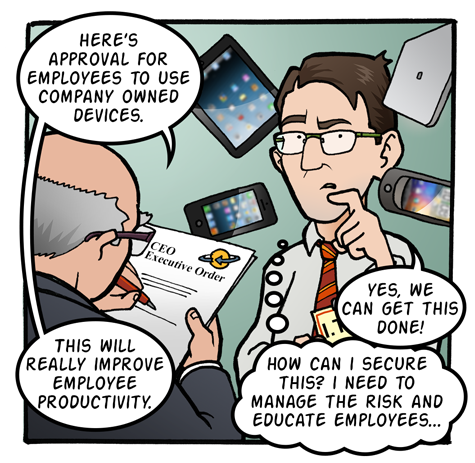Become fully informed…
on which security issues matter most to your organisation - validate basic controls to assess cyber risk in real time against the latest threats as they evolve.




Cyber resilience is being able to understand modern attacks, implement the right procedures and response strategy to counteract future cyber threats and recover from incidents faster. Start the process towards cyber resilience by considering how Shadow IT can be turned into an advantage.
Organisations need to move from static information security to a state of proactive cyber resilience; an environment where they can grow and innovate freely without exposing themselves to cyber threats. Shadow IT can have huge implications for organisations as it brings increased risk, security and compliance issues, though if managed correctly can be a powerful business enabler. Shadow IT is happening, you may have already witnessed examples in your organisation, but it is a growing concern. It is now easier than ever for departments within an organisation to use their own budgets to invest in, and install, applications and Software as a Service (SaaS), without consulting the internal IT department. The rise in mobile device usage, including how employees expect to be able to use applications they use at home on their work devices due to the ever increasing convergence of work life and personal life, is also now commonplace.
Why is this happening? Often IT are not seen as strategic to the business and can prevent the adoption of new technology because of security issues. Due to lack of time, budget and resource, they are not supporting the growth and innovation projects that benefit the business on top of their daily tasks to be done – by embracing cyber resilience concepts this perception can change. IT can drive cyber agility and resilience by better demonstrating the value of IT back to the business, whilst ensuring increased agility and responsiveness to combat threats and benefit from the opportunity (or rewards?) new technology brings . This is a step to becoming Cyber Resilient.
How to make Shadow IT work for you, three actions that could help:on which security issues matter most to your organisation - validate basic controls to assess cyber risk in real time against the latest threats as they evolve.
to keep all your colleagues informed of their responsibilities – get total visibility into how my information, architecture and assets are being used and shared across the enterprise. Help your colleagues understand the risks of their actions to the organisation and increase their accountability
to weigh competitive advantages against an on-going never-seen-before cyber risk - Easier and faster translation of security issues into potential business benefits or drawbacks. Get the confidence to weigh Cyber-Resilience risks and as a trusted advisor, the ability to bring executive-level decision making and faster time-to-market for new initiatives without cyber risks getting in the way